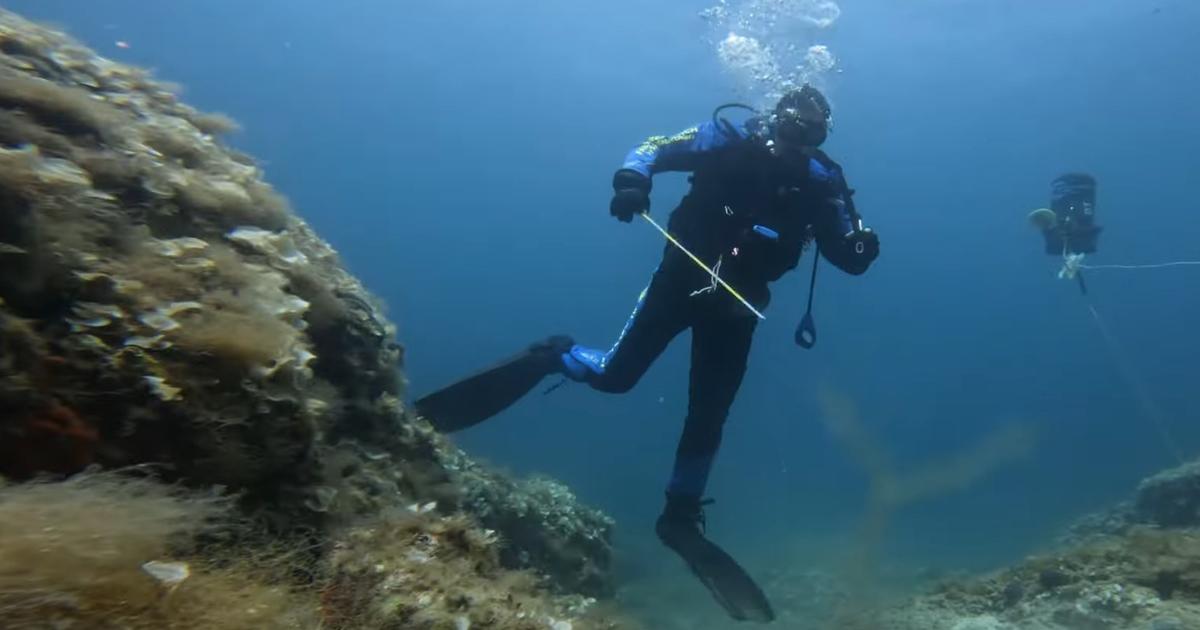A delay quickly arrived in the building sector.
This was also the case at the end of ancient Italy, a little less than two millennia ago.
Discovered on July 15 in the bottom of the Gulf of Taranto, a Roman wreck delivered, many centuries after the sinking, its spilled cargo of bricks and ceramic objects to the curiosity of Italian divers.
The disaster was twofold: not only had the ship sunk, but an owner had had to wait patiently for the renovation of his villa somewhere between the 1st and 4th centuries AD.
Several hundred elements likely to be used in the Roman sector of the building, including an avalanche of tiles, have been counted off Leporano, in Puglia, by the team of diver and environmentalist Fabio Matacchiera.
The Italian said on his social networks that he had managed to identify the underwater archaeological site thanks to an underwater mapping system of his invention.
Read alsoEnvironmental activists glue their hands to the Botticelli
Spring
in Florence
According to the professor and underwater archaeologist Mario Lazzarini, requested by Fabio Matacchiera, the ship's cargo could be intended for the construction site of one of the numerous and luxurious maritime villas which bordered the gulf under the High Empire.
"The more or less well-preserved ruins of the residences of Gandoli, Saturi, Luogovivo and Lido Silvana still bear witness to this"
, specified the specialist.
These pleasure establishments prized by the imperial elite were frequently renovated, refurbished or enlarged and thus required a lot of materials.
Another wreck of this kind has already been discovered in the past in the region, indicates its press release.
Detail of a Roman mosaic from Sousse (Tunisia) illustrating the unloading of a cargo of wood in the 3rd century AD.
Luisa Ricciarini/Bridgeman Images
An iron anchor from the ship was also identified by Fabio Matacchiera, in the middle of the marine mud.
Damaged, it would indicate that the Roman ship was adrift for a while before sinking into the blue of the gulf.
"Perhaps he was subjected to the action of a strong swell"
, suggests the diver.
This is not the Italian's first discovery in the depths of the Appulian coasts.
Before his discovery of the wreck, Fabio Matacchiera notably unearthed ancient salt marshes along the coast of Brindes, in activity between the 11th and 17th centuries.
The Gulf of Taranto was for a time one of the busiest maritime nodes in the Roman world, particularly at the end of the Republic, before the development of the port of Rome, Ostia, at the beginning of the Imperial era.
The area nevertheless remained very busy after the 1st century, helped by the attractiveness of sea freight, which was cheaper and faster than a trip by land, says Mario Lazzarini.
Except that a journey on paved roads has never ended in shipwreck.
SEE ALSO
- Presentation in Rome of a Roman milestone, a major archaeological discovery





